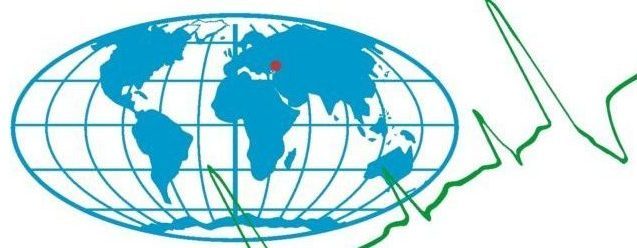I.O. Kirienkova, L.A. Nichkova, A.V. Lvov
Sevastopol State University, RF, Sevastopol, Universitetskaya St., 33
E–mail: nichkova@sevsu.ru, KirienkovaIO@sevastopolteplo.ru
DOI: 10.33075/2220-5861-2019-3-132-137
UDC 504.433
Abstract:
The purpose of this study is to find the solution to the problem of water supply on the example of the Crimean peninsula. The objectives of this work are: the analysis of alternative sources of water supply, the study of groundwater quality, the justification for the choice of stages of water treatment.
The study identified the following options that would allow in the shortest possible time to provide an adequate amount of fresh drinking water on the Crimean Peninsula, namely, the desalination of sea water, the use of reservoirs, the extraction of groundwater. The Crimean peninsula, due to its climate and topography, has large reserves of groundwater. The greatest amount of operational groundwater reserves (about 40% of all groundwater reserves in the Crimea) belongs to the North-Sivash artesian basin. Significant reserves of groundwater belong to the Alma artesian basin. The operational reserves of this field are approved under the USSR, and these reserves will last for a long time.
Based on the above, we can conclude that the optimal source of water supply on the Crimean peninsula is groundwater, with its reserves being sufficiently large, but many sources still remain unexplored. The use of groundwater is not expensive but water analysis showed that not all the water is bacteriologically pure and therefore it needs disinfection. Also, hardness salts are revealed, so it is necessary to soften the water.
The advantages of disinfection in an electrolysis unit using sodium hypochlorite are described in detail in the work. As a softening step, cationization is proposed as the most efficient and economical method. This cleaning method can be applied not only in Crimea, but also in other regions of Russia.
Keywords:water supply source, aquifer, disinfection, sodium hypochlorite, softening, drinking water quality.
LIST OF REFERENCES:
- Resolution of the government of Sevastopol dated 02.03.2017 No. 165-PP “on approval of the scheme of water supply and sanitation of the city of Sevastopol for the period up to 2021, taking into account the prospects up to 2035”. 2017. P. 120.
- Shutov Yu. I. Water Of The Crimea. Simferopol: Tavria, 1979. P. 96.
- Kayukova E. P., Baraboshkina T. A., Kosinova I. I. Resource potential of fresh waters of the Crimea [Electronic resource] // Bulletin of the Voronezh state University. Series: Geology. 2014. № 4. P. 106. Access mode: http://www.vestnik.vsu.ru/pdf/heologia/2014/04/2014-04-15.pdf (application date: 10.01.2019).
- SanPiN 2.1.4.1074-01. Drinking water. Hygienic requirements for water quality of centralized drinking water supply systems. Quality control. Moscow: rid Group Publishing house, 2012. P. 128.
- Up-to-date information about art wells, laboratory measurement reports Of the Russian Federal geological Fund “rosgeolfond “Sevastopol state University “Ecocenter”, 2018
- Kirienkova I. O., Lviv A.V. Solving the problem of preparing drinking water in the Crimea // Development of the methodology of modern economic science and management: materials of the I Interdisciplinary all-Russian conference. science.- practice. Conf. (Sevastopol, may 4-5, 2017). 2017. P. 707-709.
- GOST R 51232-98. Drinking water. General requirements for the organization and quality control methods. Moscow: Standardinform, 2005. P. 21.
![]()
